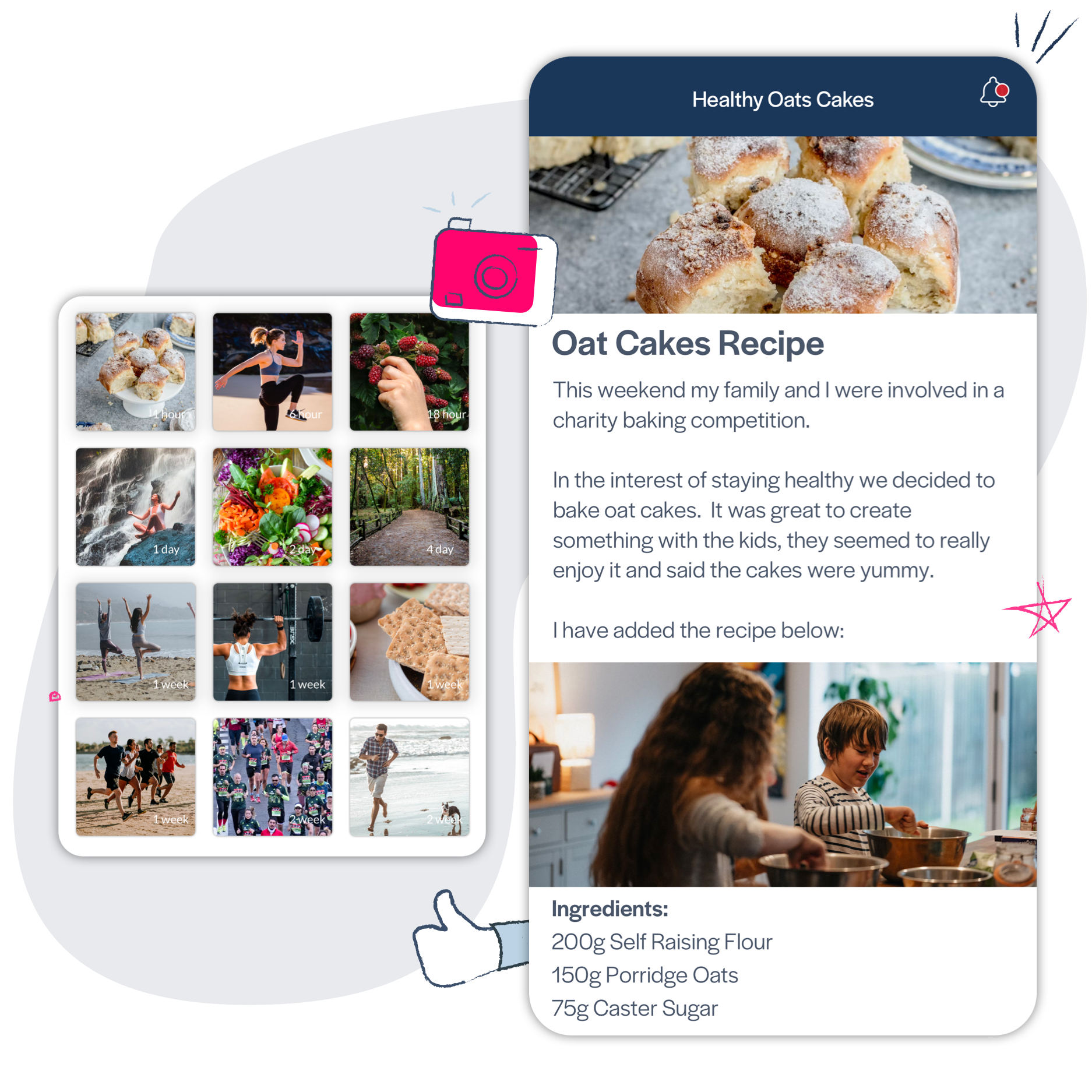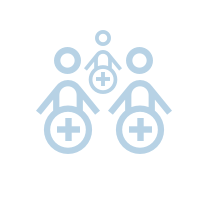- Home
- Use Cases
- Features
- Customers
- Pricing
- Partners
- Resources
- Blog
- Let's Talk
- Book a Demo
- Help Centre
- CMS Login
Build Healthier, Happier Teams with a Focus on Well-being
It's easy for organisations to put emphasis on metrics focused on production or speed of delivery. But without an equal focus on the well-being of the individuals responsible for those metrics, everyone is set up to fail.
The importance of employee well-being for your organisation & teams
Promoting well-being can help prevent stress and create positive working environments where individuals and organisations can thrive. Good health and well-being can be a core enabler of employee engagement and organisational performance.
The Future Workplace 2021 HR Sentiment survey found that 68% of senior HR leaders (of which 40% were CHROs) rated employee well-being and mental health as a top priority.
Burnout, a sense of extreme fatigue caused by chronic stress, is spreading quickly across the working population. The Employment Hero Wellness Report 2022 shows that 58% of employees said burnout had affected them.
Employees who rated their employer’s commitment to wellness as good or excellent were 75% more likely to say they were loyal to a business. (The Employment Hero Wellness Report 2022).
How an employee app can help to promote health & well-being
Employers have adjusted their approaches to the everyday work environments and experience, particularly focusing on employee well-being, mental health, inclusion, communication, and connectivity. A Thrive employee app can help with many features to boost mindfulness, connectivity, and social interactions.

Promote physical health & organise fitness events & initiatives
Help employees prevent injury and show them you care about their physical health by providing short pre-work and intra-work stretching exercise videos or diagrams in your employee communications app. You can even target routines to specific roles or work requirements.
Promoting healthy competitions indirectly encourages the health and well-being of employees. Start off with getting your employees engaged in events like 'Couch to 5K' or virtual yoga or meditation sessions.

Push a pulse survey to check in with colleagues
To really understand how your employees are doing, you need them to tell you. A sit-down heart-to-heart may not be an option, but you can use frequent pulse surveys to assess employee well-being overall, and to ask specific questions.
The answers to these surveys can help you identify where changes need to be made, spot interesting or unexpected trends, and even see red warning flags to provide help and support where it is needed.





Facilitate connection, community, & purpose
Look for in-person and digital ways to foster a sense of connectedness for employees, who want to feel connected to their role and to the big picture of the organisation, as well as to other team members.
Provide educational opportunities that give employees a chance to grow and learn.

Celebrate people, not just productivity
Extrinsic rewards are no longer the only way to motivate employees, and in fact, won’t even hold the same appeal in a post-pandemic world as they did previously. Find other ways to rally teams and recognise a job well done or contributions that reflect that greater purpose, rather than focusing purely on tactical success.
Achieving certain production or service goals should be recognised, but so should smaller daily acts of kindness, courage, and integrity. In other words, create a culture where employees know that they are valued beyond their ability to do their jobs and are encouraged to recognise each other.
Here's how Port of Tyne used their Thrive employee app to organise & promote a virtual triathlon
Port of Tyne, one of UK’s most innovative & efficient deep-sea ports, encourage employees to exercise, using their employee app
The Port of Tyne’s Lockdown Challenge was a virtual triathlon from Newcastle to Australia. Employees were encouraged to use their daily lockdown exercise time to participate, by either running, cycling or walking, then recording the total amount of miles travelled each day by them and their families, all in their employee app 'Portall'.
Learn More
Get teams connected & the conversion going with healthy recipes & food photos
Who doesn't love a foodie photo wall? Or a dedicated nutrition section within an employee app?
Get the conversation going with your teams and get employees excited about making nutritious meals for themselves and their family. Share ideas with each other to become more creative in the kitchen. Having a nutritious and balanced diet encourages a healthy immune system, critical for personal health and well-being.










